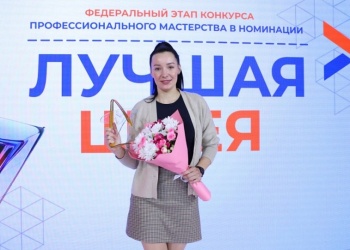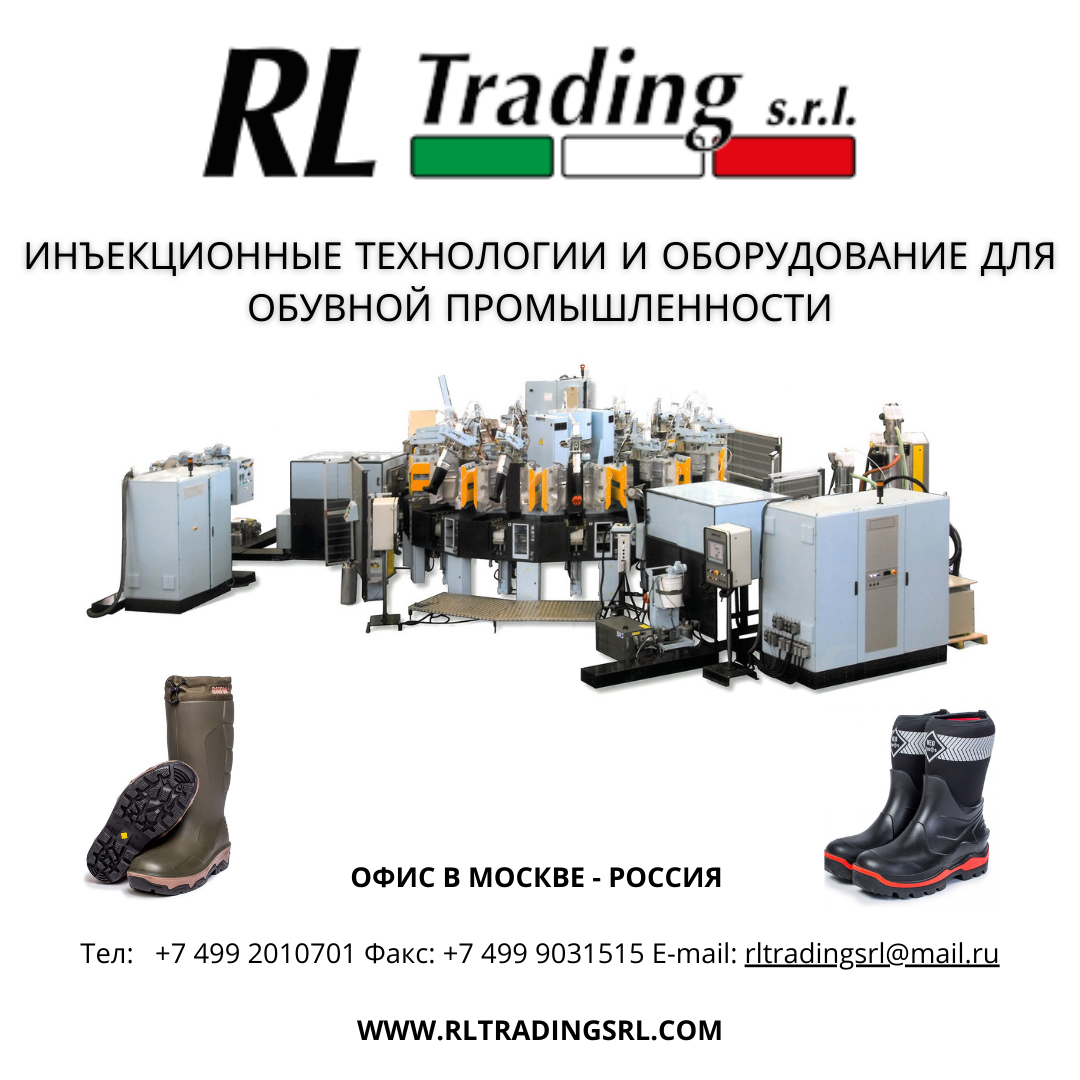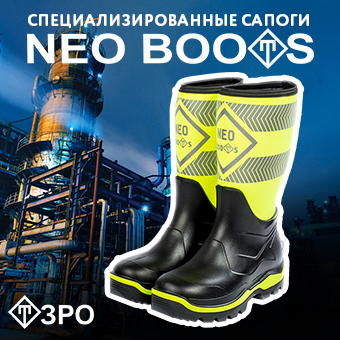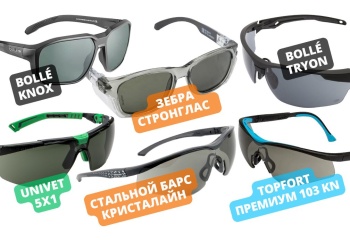On December 12, 2017 within the framework of the annual PPE and OSH exhibition BiOT-2017 Russia joined the Vision Zero movement. Minister of Labor and Social Security Maxim Topilin signed a memorandum of affiliation with the Secretary General of the International Social Security Association (ISSA) Hans-Horst Konkolewsky at the stand of the Ministry of Labor. The parties exchanged handshakes, signed the document and had an official talk. On the same day Mr. Hans-Horst Konkolewsky had a brief meeting with the Prime Minister of Russia Mr. Dmitry Medvedev.
At the request of the PPE Association (ASIZ), the founder and leader of the Vision Zero movement, Mr. Konkolewsky, gave an interview to Getsiz.ru.
Mr. Konkolewsky, how did the Vision Zero concept come about? What is it all about?
Vision Zero history dates back to the 1990s. It began with prevention of road accidents and not injuries at workplaces. Initially, the task was set as follows: to reduce the number of fatal traffic accidents to zero. Some European countries (e.g. Sweden) are still working under this program. Then many countries thought of introducing a similar concept in the occupational safety work. Finland was among the pioneers. I myself learned about this in Finland at a business meeting, where participants discussed applying ideas from road traffic accident prevention in occupational safety work. Germany joined next, especially mining industries. Thus, a new movement — Vision Zero — emerged as the pursuit of zero injury rates at workplaces.
Officially this program was first announced in 2014 at the International Occupational Safety and Health Congress in Frankfurt, Germany. And already there we gained some serious and important supporters, such as the German Minister of Labor, ministers of Singapore, the management team of ISSA (International Social Security Association) and other organizations. All participants adopted this program as an effort to reduce work related diseases and occupational injuries as much as possible.
Since 2014 ISSA discussed this concept with experts in the internal accident prevention committee for three years. In September 2017 this program was finally presented by ISSA at the Occupational Safety and Health Congress in Singapore.
What are the main principles of the Vision Zero program?
First, we are talking about preventive measures. We analyzed different accident cases at workplaces and came to the conclusion that every accident could be prevented. Our strategy is to work out measures that can prevent work-related injuries, accidents and incidents.
The second objective is the analysis of human activities in the workplace. It is necessary to analyze people’s health and mood status to ensure safety. The latter is a new trend in occupational safety in Europe. State of mind and mood are reflected in labor productivity and work results. Analysis of accident situations has shown that a lot of injuries are caused by improper labor organization and a person’s state of «mental health». It is important to manage these issues so that they do not lead to accidents. People who are stressed at work are more apt to have accidents.
All this sounds very fair and true. How did you adapt these principles for practical use?
Vision Zero is not an injury reduction scheme that we can or want to accept. Vision Zero is about something else. And everyone definitely agrees with this. Anyone should be sure that they can return from work every day in good health. This is the main principle of Vision Zero.
To make this program applicable in practice, so that it should not remain a declaration on paper, we have developed a special Vision Zero campaign to promote this concept. The campaign was launched in September 2017 at the Safety Congress in Singapore. We presented the theoretical basis of the concept with a clear designation of the target audience (employees and management), where management is our main objective. It begins with the accepting of our approach in the organization of occupational safety and all further actions in this direction.
In order to adapt our principles to any workplace, we have worked out the seven golden rules of Vision Zero. Companies that join this program receive a special check-list for assessment, according to which the implementation of each of the rules is checked.
In this way, Vision Zero has evolved from a traffic accident rate reduction program to a global philosophy of risk elimination in the workplace. Moreover, here we do not so much rely on the statistics of work-related injury rate reduction as we are aiming to influence the consciousness and minds of people, encouraging them to develop safety awareness. The most important issue for us is to influence people’s way of thinking.
Could you briefly talk about the seven golden rules of Vision Zero?
Vision Zero Seven Golden Rules reflect the basic principles of occupational safety and health management that everyone who has worked on reduction of work-related hazards would understand. Originally we developed them in collaboration with health and safety inspectors particularly in the mining industry of Germany. But later on they gained ground in all industries.
Rule 1 is about leadership and demonstrating commitment to program principles. Management takes over these functions and works on measures to prevent work related injuries.
Rule 2 is about identifying hazards and controlling risks in the workplace.
Rule 3 is about risk management: based on the identified hazards define targets and develop programs to reduce and prevent injuries.
Rule 4 is about implementation of security and health management systems at work. We are sure that routine certification and risk control assessment is important in this matter. It is necessary to set up a system of occupational safety management at the company. Then the company will improve working conditions and safety, reducing injury rate.
Rule 5 is about ensuring safety of machines and equipment in the workplace. All equipment and machines must be in good working order and safe for the worker. The workplace should be designed from the outset in the way that minimizes all risks.
Rules 6 and 7 apply to workers in their workplaces.
Rule 6 involves improving qualifications and developing competencies of employees so that they can ensure their safety, understand and know how to do it and why it is important.
Rule 7 is about involvement of people in developing security system and risk prevention work. Employees, performing a particular job are fully aware of the risks related to it. They have a vision of how to prevent them. People must be motivated by participation in the program. Without participation and involvement of workers in the program it is impossible to implement it!
For each rule a checklist for assessment is issued. It contains specification of each item.
What countries are currently participating in the Vision Zero program?
We launched the campaign 3 months ago. Since then 640 companies and organizations from 90 countries have joined it. Among them are Occupational Safety and Health ministries and agencies in different countries.
How do you adapt the program to the unique working conditions in each country?
This is a good and relevant question. In our guide to the program it is emphasized that it is not a universal, unshakable rule. Each country and company clarifies their needs and takes most important parts for their organizations from it, adapts them to their conditions and launches the adapted program. Let me give you an example. If you are in a construction company and you have problems with injuries caused by falls from a height, you must of course apply the program to these hazards and work with them in the first place. But if you work in a hospital or school, your needs are completely different. At school the worst hazards are stress, high noise levels, ergonomics problems, etc. So, our program is applied to reducing the most pressing hazards, and then we go on to work on the less dangerous ones.
How do you ensure that company employees are applying your policies and program correctly?
Vision Zero campaign is not based on the monitoring of program implementation. It is based on the fact that the organizations that join us SHARE our principles and want to implement them themselves. That is, they themselves are responsible for the integration into the program. If the quantitative evaluation doesn’t fit the company, then it has to change it. We have set up a section on ISSA’s website where companies share their best practices in implementing Vision Zero. In fact, we do not require anything for joining our program, except the obligatory publication of the best practices and results of the program implementation. Thus we can offer this experience to everyone who wants to become part of our campaign. Gradually we will create the basis for the new organizations that would like to join Vision Zero program.
For example, I know that Singapore has adopted this concept at the state level as a national strategy, hired experts and managers to implement this campaign in professional communities. In Frankfurt, they confirmed this. They have also adopted targets for injury rate reduction. There are good examples of several companies from Germany that even earlier started to implement Vision Zero ideas and easily adopted this program. RAG AG has already managed to achieve zero fatalities. Our rules are not theoretical, they are practically justified. We are confident that if companies take seriously the task of reducing injury rates and occupational diseases at their workplaces, apply our principles, they will be able to achieve the desired results.
Can any country or organization join Vision Zero? Even the one where the level of occupational safety is rather low?
Any company can become a participant in the movement. Here we are showing a certain degree of flexibility. This program is not specifically designed for certain levels of economic development and hazard prevention culture. It works equally well both in highly developed economies and in third world countries. For example, companies from Africa (Zambia and Kenya) joined our program following the announced campaign in Singapore. Representatives of these countries attended the congress there. The essence of joining Vision Zero lies in the way of thinking. The main thing is to share our principles.
Any country can launch the program at home, improve and specify the principles. It is good that there is such a global international campaign to promote the concept of zero injury rates. It reminds me of the approach to environmental protection: think globally, act locally. Every business contributes to global health and safety.
Do you think Russia, with its rather hard working conditions in mining industry (which is also due to harsh climatic conditions), will be able to launch Vision Zero? How long will it take us?
Despite all the difficulties, we signed a memorandum on Russia’s accession to Vision Zero. When I first announced it in April 2017 in Sochi, Labor Minister Maxim Topilin immediately responded that this program was extremely interesting for Russia, and that Russia would join it. He said that this would help motivate workers and management to work safely and develop occupational safety and health awareness in the industries.
Not only in Russia, but in any country in the world, it is necessary to work for improvement in matters of occupational safety, reduction of hazards and injury rate. Of course, in Russia there are some special conditions that affect the implementation of the concept: harsh climate, difficult working conditions in the mining, oil and gas and some other industries. It is important for Russia that the Ministry of Labor has adopted the concept of zero injury rates as a strategic policy. This will motivate all market participants: large and small companies — everyone can participate in the program.
So far several companies from Russia have already joined Vision Zero. I am optimistic about the future and have high hopes for active promotion of the campaign in Sochi in 2018 during the All-Russian Occupational Safety and Health Week. This is what we are currently discussing with the organizers.
How do you rate BiOT-2017? Did you like the exhibition?
I like visiting PPE and OSH exhibitions. Without working with real companies, it is impossible to translate Vision Zero from a theoretical concept into a practical application. At exhibitions we communicate with companies that can become our followers. Vision Zero cannot be implemented without the PPE industry. And at BIOT 2017 I saw high technologies and innovative PPE. It is important that it was at this exhibition that we signed a memorandum on Russia’s accession of Vision Zero. More than 20 thousand visitors, about 300 exhibiting companies participated in the fair. This is serious! I really think that for me personally it was a great opportunity to get an idea of the OSH work and PPE industry in Russia at this exhibition. In addition to international companies that I know, I saw many new Russian manufacturers with advanced PPE solutions, high quality products and innovative ideas. I am grateful for the opportunity to learn all this. BIOT and Vision Zero go hand in hand!
Any special impressions of the exhibition?
I received a gift from the exhibition organizers: a small portable device for protection against various types of radiation: from a computer, a cell phone, any electromagnetic radiation from all devices around. I don’t know how it works yet. The user instruction is in Russian, but it will be translated for me. It will be great if such a small device, which is always on you, can really protect against different types of radiation. I liked this smart pocket-size device.
What changes in the PPE market do you consider important and crucial for the coming years?
The PPE industry itself is going to change a lot. We see a trend towards digital and SMART technologies. They will influence the market more and more. Safety eyewear, helmets, workwear fitted out with sensors and transponders, etc. I think this will seriously change the entire PPE and OSH industry in the coming years.
What organization will be responsible for the implementation of the Vision Zero program in Russia?
There is no dedicated organization. ISSA is the central organization, we maintain the website, promote the program, provide information support and motivate for implementation. All other companies, organizations and countries can become participants. We are open. There is no responsible body in each country. In Russia, we are pleased to receive support from the Russian government. This will largely drive the implementation of the program in Russia. At the same time, we are open to any Russian company, trade union and professional community. They can join the movement through our website. We will send them a partner certificate, and they will begin to implement the concept on their own.
Getsiz.ru thanks Mr. Hans-Horst Konkolewsky for the interesting interview and information on the Vision Zero program.
Getsiz.ru will go on providing information support for the Vision Zero program in Russia. Mr. Konkolewsky and his staff members have subscribed to the Getsiz.ru newsletter. We hope for a successful implementation of the Vision Zero concept in Russia and worldwide in 2018 and the years to come
The editorial staff of Getsiz.ru would like to thank the management team of the PPE Association (ASIZ) for their help in organizing the interview with Mr. Konkolewsky.






















